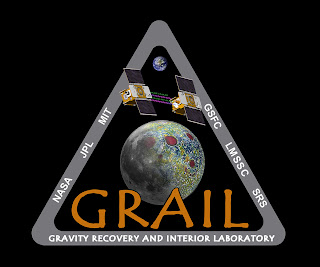One of the main goals in searching for exoplanets is to find one similar to Earth. Astronomers are beginning to find planets that are roughly the same size and weight as Earth, but are quickly discovering that these planets have few other similarities to Earth. 55 Cancri e is an excellent example. This exoplanet is roughly 8 times the weight of Earth, and a little less than twice the size. The image above shows Earth and the exoplanet to scale, though the drawing of 55 Cancri e is just an artists idea, we have no idea what it really looks like. The two planets are comparable enough to call 55 Cancri e a "Super-Earth". One major difference between Earth and 55 Cancri e is that it sits much closer to its host star than Earth does to our Sun. For comparison, 55 Cancri e is 26 times closer than Mercury is to the sun, and Mercury is 3 times closer to the Sun than Earth! Observations with the Spitzer Space telescope suggest that the planet is not rocky, but actually made of lighter elements, including water! Since the exoplanet is so close to its host star, it is extremely hot. This means that any elements are in a "supercritical" state, or in other words they are in a liquefied gaseous state. Here on Earth we have super critical water near heat vents, and liquid rocket fuel is super critical when ignited. Essentially, this planet is oozing with super hot material! Definitely not a place I'd want to live!
Image Credit: NASA

